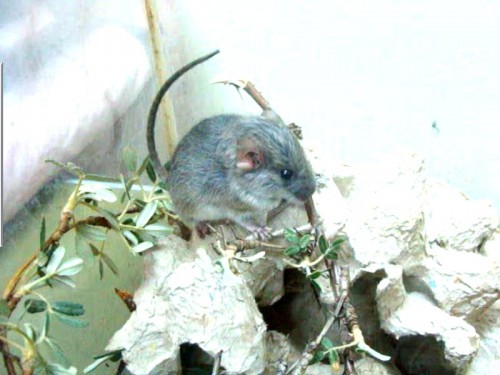The Bolivian Chinchilla Rat (Abrocoma boliviensis) is known only from the vicinity of the type locality near the Comarapa river valley in the province of Manuel M. Caballero, Santa Cruz department, Bolivia. Its currently known range is less than 100 km², although it may possibly range more widely. Individuals have been found in cloud forest at an elevation of 1,800 m above sea level. They tend to be associated with rocky areas, and some researchers have suggested that they may be specialised to this habitat type. Classified as Critically Endangered (CR B1ab(i,ii,iii)) on the IUCN Red List of Threatened Species.
How this species is doing
Pressure
This species appears to have been unaffected by the fur trade which targeted other species of chinchilla rat in the past. The main threat appears to be from habitat loss and degradation. Its range is divided by a road along which human colonisation is occurring. This, together with the clearance of cloud forest for cattle pasture, is fragmenting the species’ habitat.
Responses
This species is not known from any protected areas nor are there any targeted conservation actions in place. There is an urgent need to protect the distinct area of Comarapa. Further research is also needed in this area to try to find additional populations.







